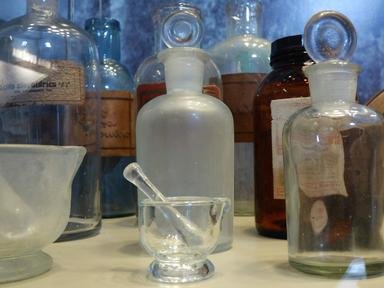Quiz Answer Key and Fun Facts
1. This radioactive element was the first to be synthetically produced. At atomic number 43, there are no known stable isotopes of this element. Which is it?
2. Hydrogen is the most abundant element in the universe. However, there is a rare isotope of hydrogen that is radioactive. What is it called?
3. The element uranium is often used as fuel for nuclear power plants. There is another element that has also been used as a source of nuclear fuel. At atomic number 90, which marvelous element is it?
4. This radioactive noble gas has become an area of concern for homeowners. A special device can be purchased to help detect this potentially dangerous element. Which of these could it be?
5. Another radioactive element can be found inside your home. However, this particular element is helpful, as it is used inside of your smoke detector. Which element is it?
6. The following elements are all named after countries. Which of them has a non-radioactive isotope?
7. An alpha particle, one of the products of radioactive decay, is basically the nucleus of which stable element?
8. Atoms of this highly radioactive element can only be sustained for less than a second before decaying. At atomic number 117, the element was named after an American state in 2016. Which of these is it?
9. Which of these synthetic/radioactive elements (element 101) was named after the father of the Periodic Table?
10. There is an isotope of carbon, known as carbon-14, that is radioactive. Carbon-14 atoms contain two more particles than the stable carbon-12 atom. What type of particles are they?
Source: Author
RedHook13
This quiz was reviewed by FunTrivia editor
rossian before going online.
Any errors found in FunTrivia content are routinely corrected through our feedback system.
